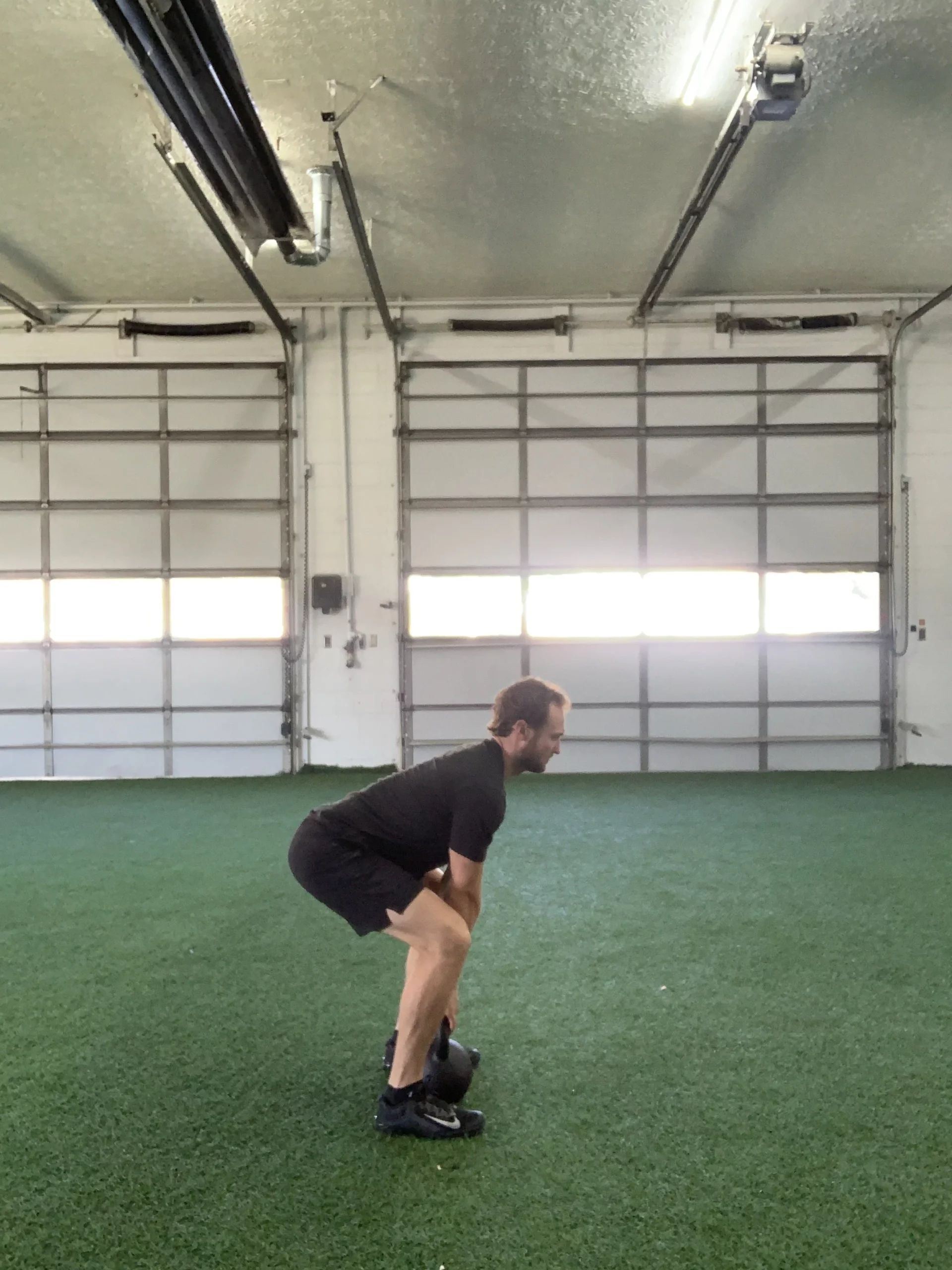So you mastered the hip hinge pattern and now you are starting to feel more in control of your body’s movements (If not, see previous blog post). Now what? Let’s add some weight! If you are new to deadlifts or are an avid gym goer that is just struggling with technique, the kettlebell is the perfect place to start.
First, grab a kettlebell. The weight should not be too challenging early on and can be progressed once you lock down the movement.
Now, place the weight on an elevated surface, 12-24 inches. A raised surface decreases the chance of movement error due to the reduction in path the weight needs to travel. If you deal with low back pain, this is an excellent starting point for loading the lumbar spine but with decreased stress. Also, it is common to feel a slight tightness or discomfort at first (those neglected and weak lumbar extensors are waking up!). Don’t let this be a cause for concern. As long as the pain does not continue to progress you should increase the weight of the kettlebell while maintaining proper hip hinge form.
Now brace your core. Bear down with your abdominal muscles while pushing your obliques outward. Remember you should still be able to breathe through small sips of air (more on proper bracing technique in later posts).
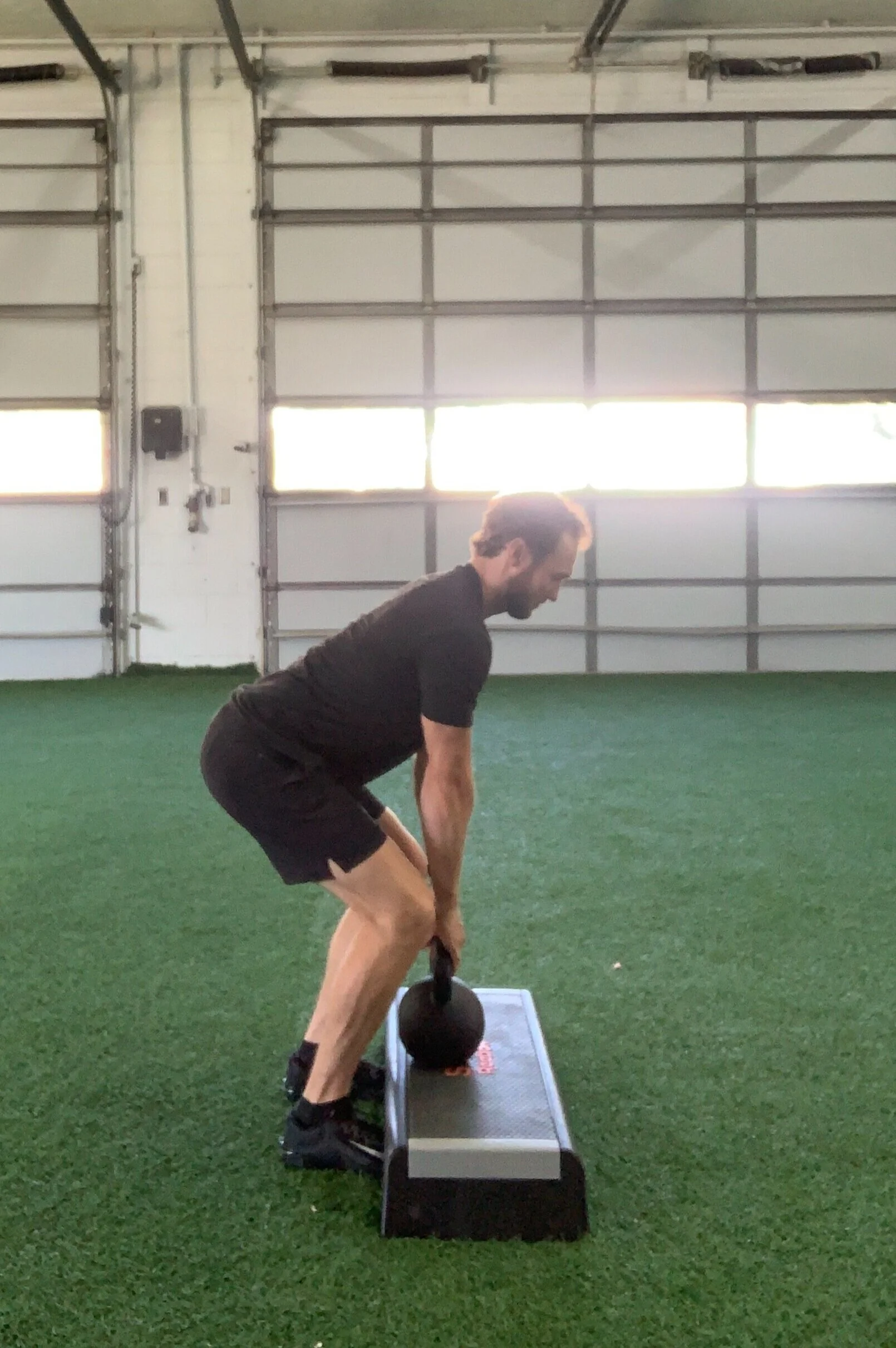
Next, ditch the raised surface and start lifting from the ground. Brace that core, draw your shoulder blades back and push your feet into the earth. Remember this exercise is a PUSH not a pull. Pushing your feet into the ground increases lower body muscle activation and helps your body remain a rigid lever to move the weight. Once you can perform this with perfect form it’s time to grab a barbell.
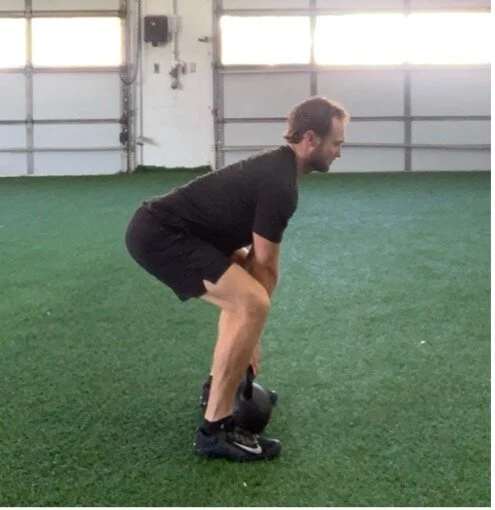
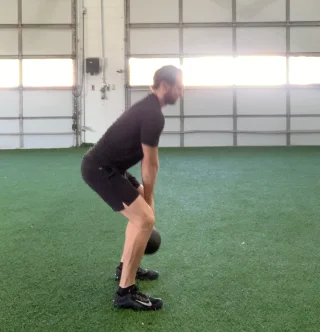
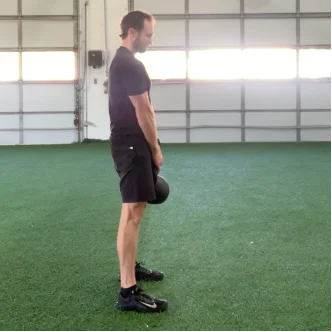
Back Pain with Lifting
Before moving on to the next blog on barbell deadlift, let’s address low back pain one more time. If after going through these initial progressions your back pain still seems to be getting in the way, give the kettlebell swing a try. When performing a conventional lift from the ground there is an anterior shear stress placed on the lumbar spine. This type of stress can be sensitive to those with low back pain. However, the kettlebell swing induces a posterior shear stress which is much more tolerable (1). By using the swing as part of your programming you can lift heavy loads and stay in the gym which has been shown to improve outcomes for the treatment of low back pain.
Kettlebell Swing 101
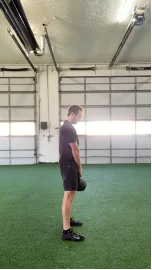
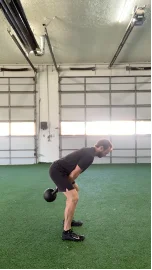
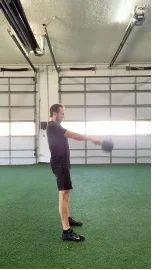

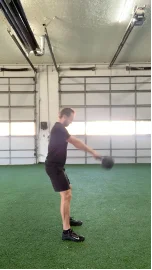
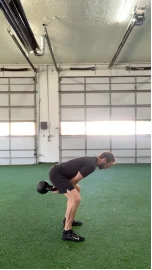
Step 1: Hinge at your hips!
Step 2: Allow the kettlebell to travel between your legs
Step 3: Brace your core, drive your feet through the ground and extend your hips (squeeze those glutes!) as you swing the weight forward
Step 4: Allow momentum to carry the weight up and forward (this is NOT a shoulder workout!). Stop the swing when you are anywhere between the level of your shoulders and eyes
Step 5: Initiate a hinge pattern once again to bring the weight down and between your legs
Step 6: Repeat!
Practice, refine and master these movements to stay active, build strength and get out of pain. In the next part of the series we will address how to perform barbell deadlifts with proper form in order to stay out of pain, improve performance and enhance quality of life.
Movement is Vital for a healthy body and Your Body is a Force to be reckoned with,
Bryan Vranic, PT, DPT, CSCS
Please consult your physician, healthcare provider or physical therapist prior to initiating any new exercise program.
This article is not intended to diagnose or treat any injuries, impairments or diseases. Please contact your Physical Therapist, Physician or qualified Healthcare Provider for more information and before starting any new exercise/rehabilitation program.
References
McGill, Stuart M, and Leigh W Marshall. “Kettlebell Swing, Snatch, and Bottoms-Up Carry: Back and Hip Muscle Activation, Motion, and Low Back Loads.” Journal of Strength and Conditioning Research, vol. 26, no. 1, 2012, pp. 16–27., doi:10.1519/jsc.0b013e31823a4063.


